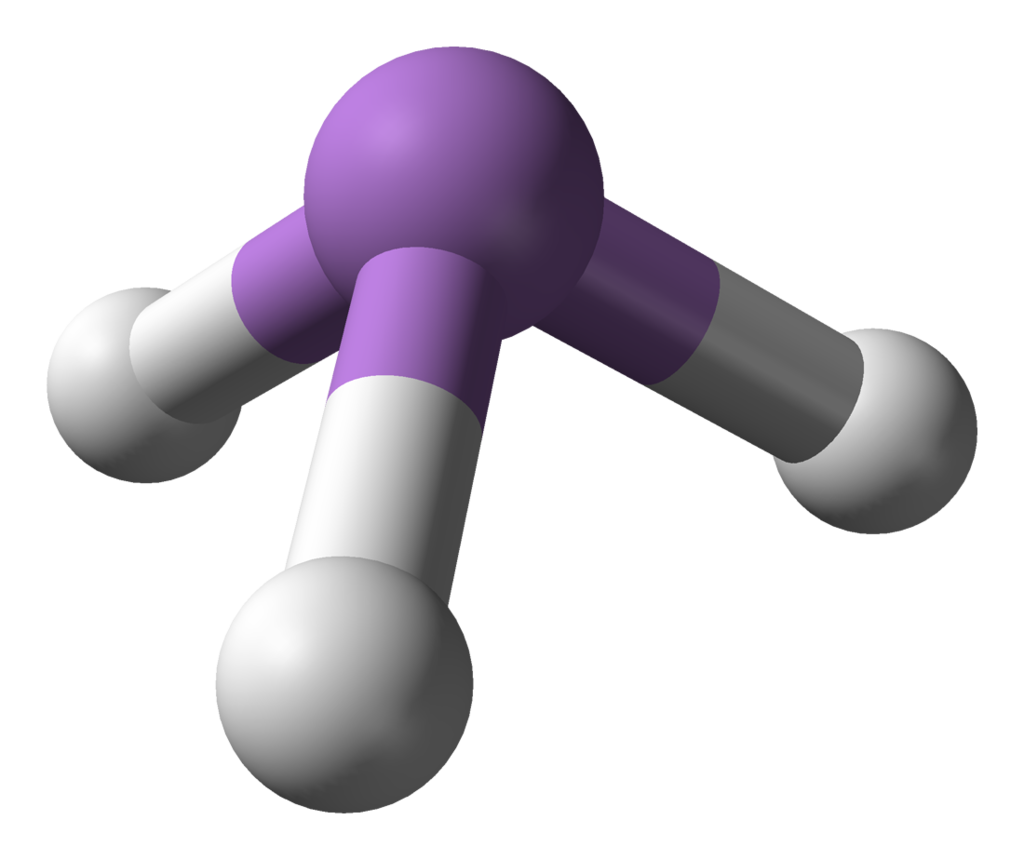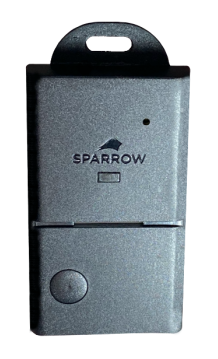Arsine, also known as arsenic trihydride, is a silent and deadly chemical compound that has found its way into various industrial applications. Although it may not be a household name, it is critical to understand the properties and risks associated with this substance. In this blog post, we will delve into the world of arsine, exploring its chemical nature, industrial uses, health risks, and the importance of proper detection and monitoring.
Chemical Nature
Arsine is a colorless, denser-than-air gas with the chemical formula AsH3. It is slightly soluble in water and many organic solvents. Interestingly, arsine itself is odorless, but it can emit a faint garlic-like or fish-like scent at high concentrations.
Industrial Uses
Arsine has found applications in specific industries, including:
- Microelectronics: It is used in the synthesis of semiconducting materials for microelectronics and solid-state lasers.
- Forensic Science: Arsine is a chemical intermediate used in the detection of arsenic poisoning, making it a valuable tool in forensic investigations.
Health Risks
The health risks associated with arsine exposure are extremely grave. Inhalation is the primary route of exposure, but skin contact can also be dangerous. The effects of arsine exposure include:
- Initial Symptoms: Headaches, nausea, dizziness, and weakness.
- Progressive Effects: Hemolytic anemia, a condition in which red blood cells are destroyed, leading to symptoms like hemoglobinuria (hemoglobin in urine).
- Kidney Damage: In severe cases, arsine exposure can result in kidney damage that may persist over time.
- Lethality: Arsine is lethal at extremely low concentrations. Concentrations of 250 ppm can cause rapid fatality, while exposure to 25-30 ppm for 30 minutes is also fatal. Even at concentrations as low as 0.5 ppm, symptoms of poisoning can occur.
Regulations and Exposure Limits
Regulatory bodies have established exposure limits and recommendations for arsine. Some of these limits include:
- Not Recommended: Arsine is not recommended for exposure at any concentration for any duration.
- NIOSH Ceiling: 0.002 mg/m3 (Ceiling for 15 minutes)
- OSHA PEL: 0.05 ppm (Permissible Exposure Limit for 8 hours)
- EPA AEGL-3: 0.06 ppm (for 10 minutes) and 0.002 ppm for 8 hours.
Measuring Arsine: Ensuring Safety
Proper monitoring and detection of arsine are crucial for safety. Depending on the application, you may need fixed-mount or handheld sensors, dissolved kits, replacement sensors, or calibration gas. Monitoring equipment should be regularly calibrated to ensure accurate measurements.
All our Arsine Detection Monitors can be found here: https://www.gas-sensing.com/support/gas-information/arsine.html
Conclusion
Arsine may not be a well-known household name, but its potential dangers cannot be underestimated. Understanding its properties, health risks, and the importance of proper detection and monitoring is essential, especially in industries where exposure is a concern. It serves as a reminder that even substances that lack an immediate odor or visible presence can pose severe risks, making safety awareness and proactive measures paramount.


